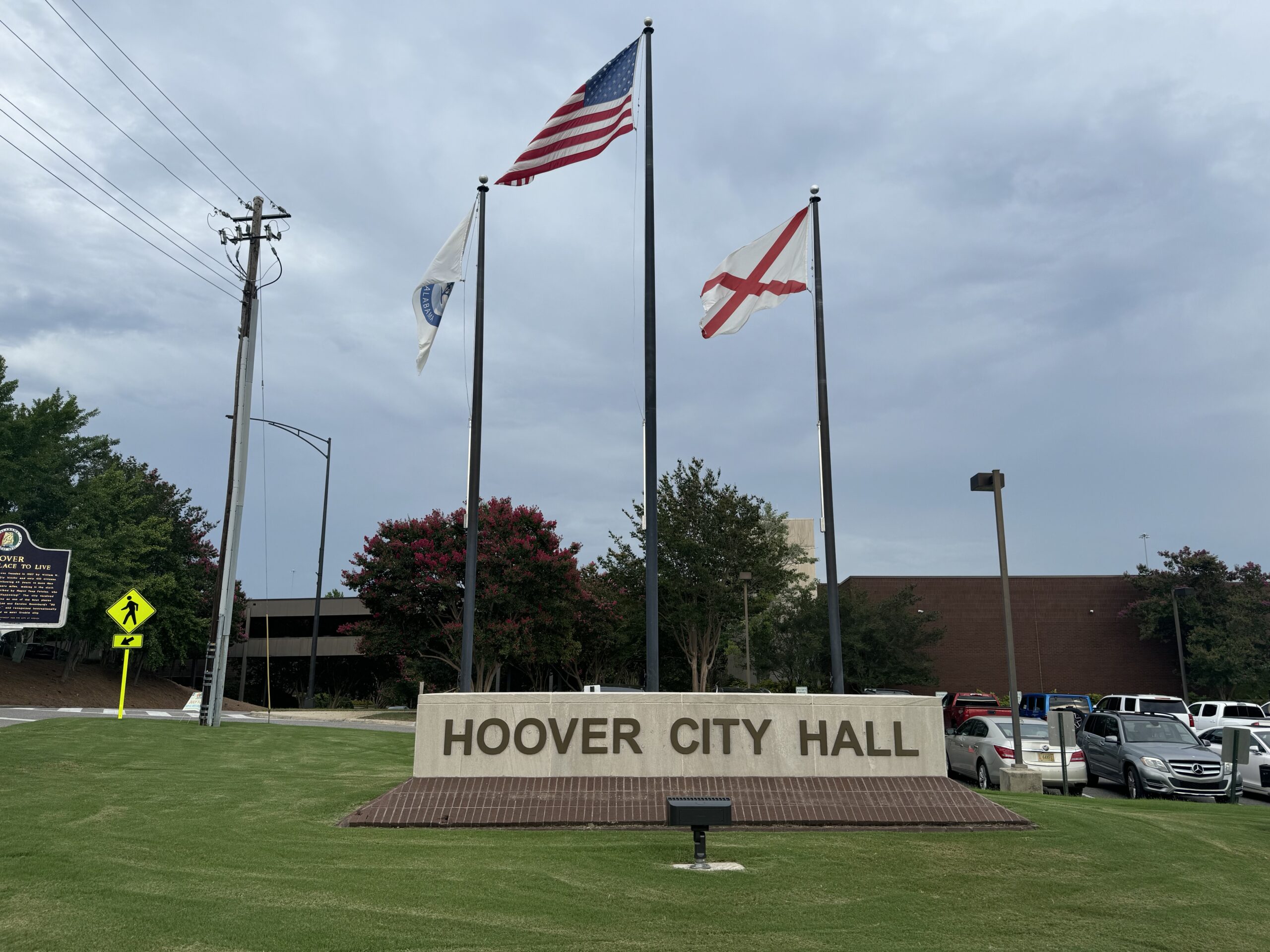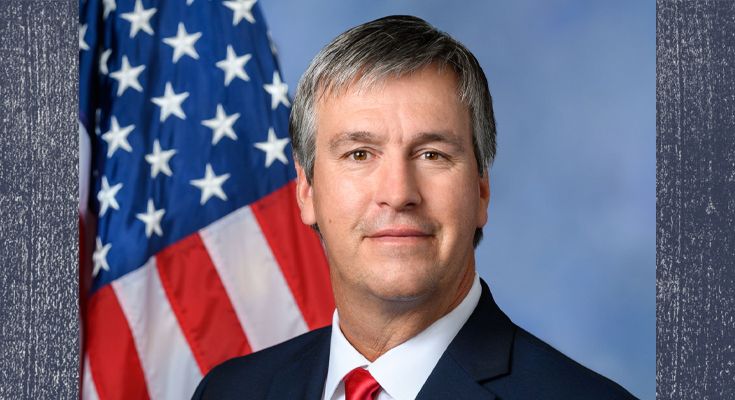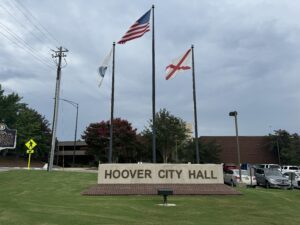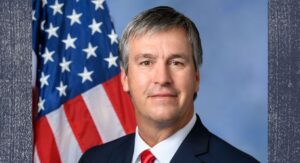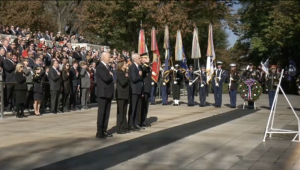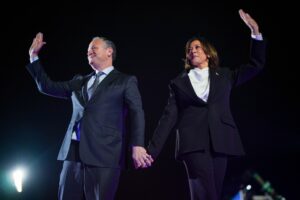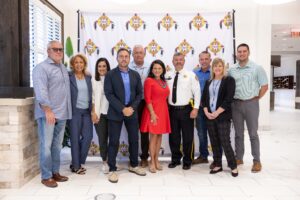Political pressure from the White House and a series of “crazy in the middle of the night” texts, emails and phone calls caused top federal weather officials to wrongly admonish a weather office for a tweet that contradicted President Donald Trump about Hurricane Dorian in 2019, an inspector general report found.
Commerce Department Inspector General Peggy Gustafson concluded in a report issued Thursday that the statement chastising the National Weather Service office in Birmingham, Alabama, could undercut public trust in weather warnings from the National Oceanic and Atmospheric Administration and for a short time even hindered public safety. Agency officials downplayed and disputed the findings.
“Instead of focusing on NOAA’s successful hurricane forecast, the Department unnecessarily rebuked NWS forecasters for issuing a public safety message about Hurricane Dorian in response to public inquiries — that is, for doing their jobs,” the report concluded.
Former Obama NOAA chief Jane Lubchenco, a scientist at Oregon State University, said in an email that high-level officials “put politics and their own jobs above public safety. In my view, this is shameful, irresponsible, and unethical.”
At issue was a Sept. 1 tweet from the Birmingham weather office that “Alabama will NOT see any impacts from #Dorian.”
The tweet came out 10 minutes after Trump had tweeted that Alabama was among states that “will most likely be hit (much) harder than anticipated.” Forecasters in Alabama said they didn’t know about the president’s tweet, which was based on outdated information, and that they were instead responding to calls from a worried public.
By the time the two tweets were posted, Alabama was no longer in the hurricane center’s warning cone, although it had been in previous days. One hurricane center graphic at the time showed a “non-zero” chance of tropical storm force winds for a tiny corner of Alabama, something NOAA officials later scurried to highlight, according to the report.
However, NOAA acting chief Neil Jacobs told the inspector general’s office that he was baffled by Trump’s reference to Alabama: “(T)hat was the first time when I was wondering why are we still talking about Alabama, you know?”
The dust-up came to be referred to as “Sharpiegate” after the president later displayed a National Hurricane Center warning map that had been altered with a black marker to include Alabama in the potential path of the storm. The president is known for his use of Sharpies.
Four days after the tweets, then acting White House chief of staff Mick Mulvaney sent Commerce Secretary Wilbur Ross an email after 9 p.m., saying “it appears as if the NWS intentionally contradicted the president. And we need to know why. He wants either a correction or an explanation or both.”
That triggered a series of texts, emails and phone calls involving Ross underlings, especially Department of Commerce Chief of Staff Michael J. Walsh Jr. from 1 a.m. to 3:43 a.m., laying the groundwork for a NOAA statement that came out the next day.
Jacobs said “things went crazy in the middle of the night.”
Then-NOAA communications chief Julie Kay Roberts told the inspector general’s office that Walsh told her “there are jobs on the line. It could be the forecast office in Birmingham. Or it could be someone higher than that. And the higher is less palatable.”
Walsh denied that to the inspector general. The report said there was no credible evidence found to say that jobs were threatened. However, Jacobs told the inspector general’s office he “definitely felt like our jobs were on the line” but that “nobody told me I was going to get fired.”
The eventual unsigned statement from NOAA said: “The Birmingham National Weather Service’s Sunday morning tweet spoke in absolute terms that were inconsistent with probabilities from the best forecast products available at the time.”
Dorian made landfall in North Carolina and had no major impact on Alabama, which is about 600 miles (965 kilometers) away.
“By requiring NOAA to issue an unattributed statement related to a then-5-day-old tweet, while an active hurricane continued to exist off the east coast of the United States, the Department displayed poor judgment in exercising its authority over NOAA,” the inspector general report said.
The report also criticized Roberts for deleting text messages, which is contrary to government document retention rules.
In a statement attached to the report, Walsh said the report’s conclusions “are completely unsupported by any of the evidence or factual findings that the report lays out. The Inspector General instead selectively quotes from interviews, takes facts out of context.”
The White House declined to comment. The Department of Commerce attached a letter to the report saying the report doesn’t dispute the accuracy of the Sept. 6 statement that criticized the Birmingham office nor does it find that the agency suppressed scientific communication.
Washington Sen. Maria Cantwell, the ranking Democrat on the Senate Commerce Committee, said she could not support Jacobs’ nomination to be the full-time chief of NOAA, saying the report shows Jacobs “failed to protect scientists from political influence.”
Republished with the permission of the Associated Press.
Related
Share via:


